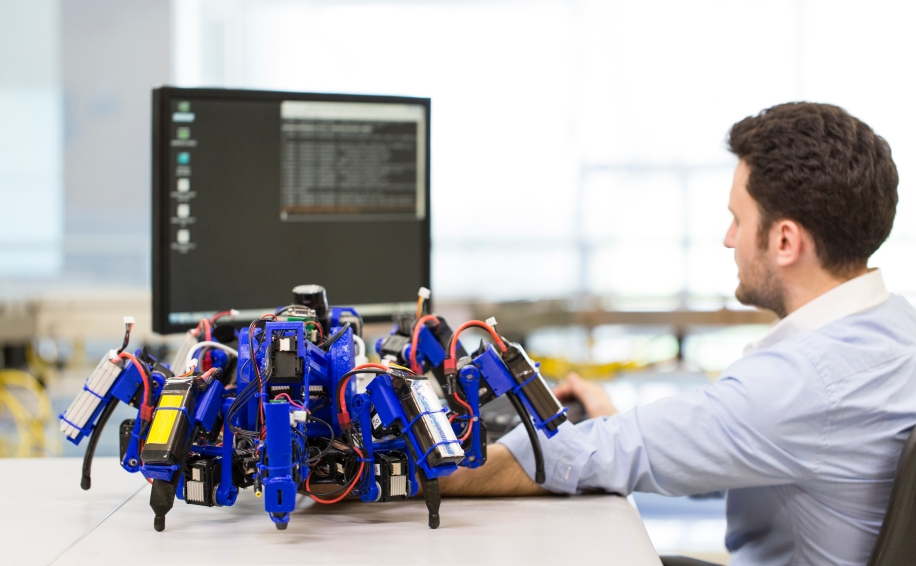3-D printing holds great potential for use in space. Instead of having to send up many different components, new components and structures can be directly created in space with 3-D printers. So far I have blogged about 3-D printers that are now being used on the International Space Station, 3-D printers that are being designed to build structures in space that would be too big to launch with rockets and 3-D printers that could be sent to asteroids to create navigation and propulsion systems to move the asteroids to near Earth orbits. There are also proposals for the use of 3-D printers to create structures on the Moon.
Siemens is a German engineering company that is the biggest engineering firm in Europe. It has offices all over the world. Siemens employs over three hundred and sixty thousand people and had profits of over eighty billion dollars in 2015. The principle divisions of Siemens are Industry, Energy, Healthcare, and Infrastructure & Cities.
The Siemens company Product Design, Modeling and Simulation Research group in the Automation and Control Technology Field at Siemens Corporate Technology in Princeton, New Jersey is working on construction robots. They have designed what they call Siemens Spiders or SiSpis. These human scale SiSpis have legs for mobility and arms for manipulation. They carry 3-D printers that can extrude quick drying resins to build structures. The spider form created in nature by evolution is a very useful and practical design for a construction robot.
SiSpis are able to communicate with each other and cooperate with what is called swarm technology that has been developed to allow robots to coordinate activity. Each robot has cameras and a laser scanned to allow them to perceive their local environment. They are able to decide what area of a structure their 3-D printing arm is able to reach. The structure is divided into 3-D boxes and each box is assigned to a particular robot. In this way, many robots are able to cooperate to build quite complex 3-D structures. The swarm has the capability to analyze a task and split it up between its members. It can also autonomously deal with problems and obstacles that it encounters.
The current SiSpis robot design includes rechargeable batteries that carry about two hours worth of electricity. When a robot is nearing the end of that two hours, it halts work on its assigned area and travels back to a charging station. As it leaves its work area, it transmits information to a robot that has been fully charged so that that other robot can come to the work area and continue working where the robot with depleted batteries left off.
A swarm of SiSpis could be sent to the Moon to create the structures needed for a lunar colony. Their vessel could also carry solar panels that would be able to charge batteries during the two weeks of daylight every month. Their vessel could serve as their base of operations with master control computers and charging stations. When human astronauts arrived, they would already have habitable structures waiting for them.
Siemens Spider:
